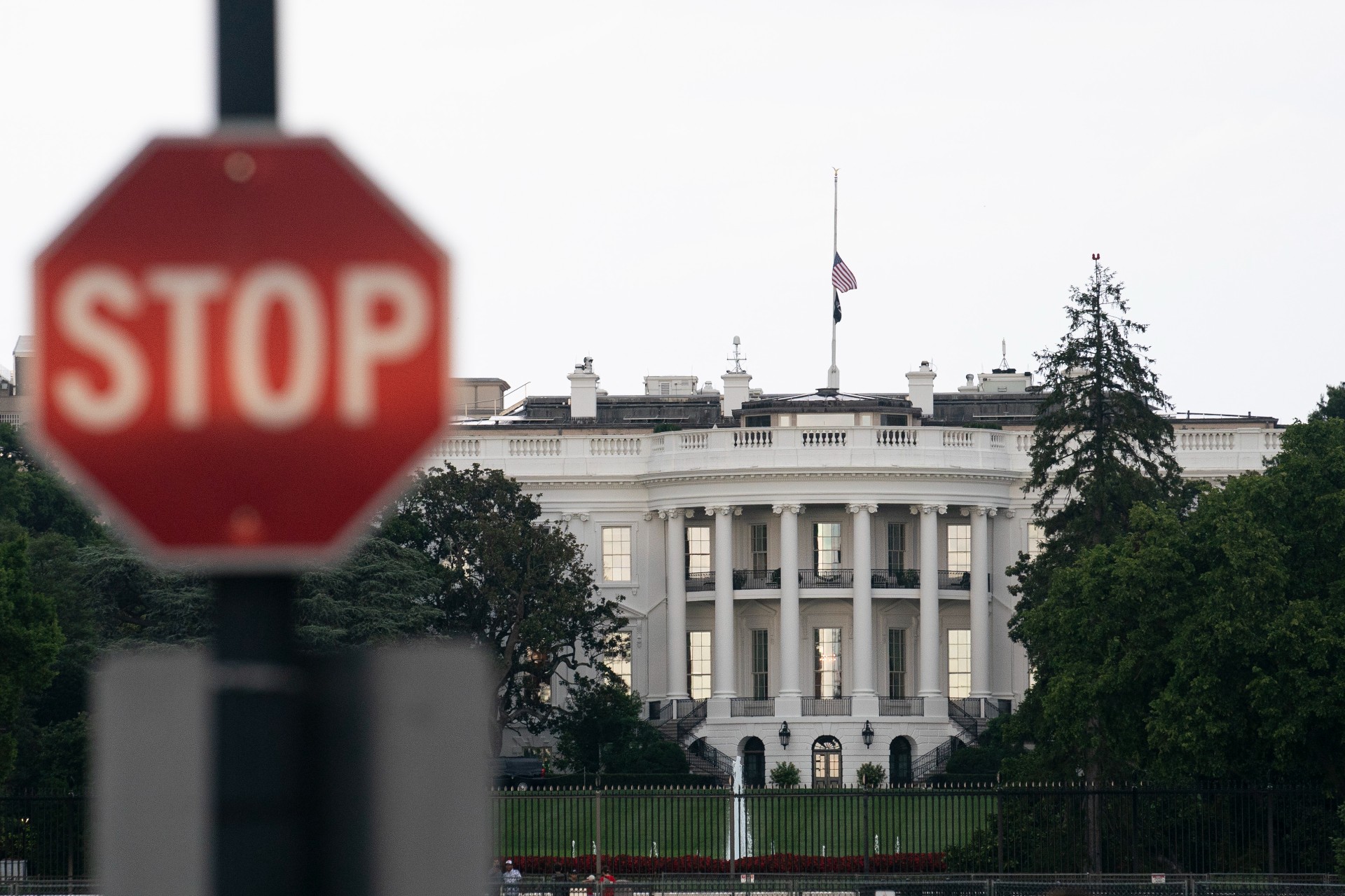On April 4, 2023, Prime Minister Anwar Ibrahim claimed that there is no reason for a country like Malaysia to continue to depend on the US dollar in attracting investments into the country, according to a release from Malaysian National News Agency Bernama.
Later on August 2, 2023, Brazilian President Luiz Inacio Lula da Silva called for the abandonment of the dollar in international trade and the creation of alternatives to the American currency, including for settlements between the BRICS members.

(Photo: Xinhua)
With an increasing number of countries joining the queue of de-dollarization after the US dollar has long been the dominant currency in international trade and shaping the global economic landscape, the term de-dollarization has been a buzzword and arouses widespread discussion. Does the ongoing trend of de-dollarization indicate a declining United States and its currency?
Sanctions on Russia trigger less holding of US dollar
"Sanctions were supposed to crush the Russian Ruble. So why did it just hit a 2-month high?" questioned the American magazine Fortune after Western countries led by the US imposed the toughest financial sanctions on Russia in history.
In February 2022, as the Russia-Ukraine conflict came into a full-scale escalation, the United States took the lead in freezing about $300 billion of Russia's foreign exchange reserves and exiling it from the SWIFT system with a resort to the US dollar's dominance in the international monetary system. According to Caixin, a Chinese media, since February 21, 2022, the United States and its allies have imposed more than 7,300 sanctions on Russia, the highest number among all countries suffering from such sanctions.
"We are likely to see some countries reconsidering how much they hold of certain currencies in their reserves," remarked Geeta Gopinath, the former Chief Economist of the International Monetary Fund.
The weaponization of the US dollar forced Russia to start de-dollarization and to implement bilateral payments and settlements. On March 23rd of 2022, Russian President Vladimir Putin announced that Russia will switch settlement currency from the US dollar to the Russian ruble for unfriendly countries in their gas sales. Iran and India have already started trading with ruble in trade with Russia.
At present, some countries represented by Russia have shown signs of de-dollarization. More than 50 countries have begun to move away from the US dollar and nearly one trillion US treasuries have been undersold by around 30 countries, said Zhang Ming, deputy director of the Institute of Finance and Banking at the Chinese Academy of Social Sciences.
A secret group has been formed to settle down some commodities with other currencies between the Bank for International Settlements and the US allies such as Japan, the European Union, Sweden, Switzerland, the United Kingdom, and Canada. Germany, France, the United Kingdom, and other countries are also negotiating with Iran for a transaction system based on a digital currency. Central banks in many European countries are buying more gold at a faster pace than any other years after the financial crisis in 1987.
By late April, Japan, the biggest foreign holder of US treasury securities, has dumped 60 billion US dollars of such securities in 13 weeks, according to a report from the US Department of the Treasury. The Bank of Japan released an announcement that it would buy an unlimited amount of Japanese government bonds if necessary, suggesting that the Bank of Japan will continue to significantly reduce US treasury assets in its reserve currency portfolio.
Being asked whether the US dollar's international status is diminishing, US Treasury Secretary Janet Yellen noted that "the dollar is far and away the dominant reserve asset". However, as countries are pursuing the diversification of their reserve assets, the status of the US dollar is doomed to decline...
US dollar running out of road in international trade?
"The trend of de-dollarization is rooted in the economy, but it is also concerned with political, national, and emotional reasons," a Ph.D. majoring in international relations at a Chinese university told GDToday.
For decades, the United States has been exploiting other countries with its dominant currency. For about every ten years, the US will start the circle that lending its dollars to other countries at very low-interest rates at the beginning and then rising the rates under the pretext of serious domestic inflation, leaving huge pressure on those countries, a series of global capital outflows and depreciation of emerging market currencies. The US dollar has become a key factor undermining world financial stability in recent years. "For example, now the rise of the interest rate of the US dollar from 0.5 percent to 5.0 percent has triggered many countries to become heavily indebted and economically collapsed.”
The reason for the snowballing de-dollarization movement lies in the fact that the United States would like to secure its own interests and maintain the centralization of the dollar at any price. Be it launching military wars, financial wars, and trade wars, or creating regional conflicts. For example, after Trump took office, the US government upheld trade protectionism and launched multiple trade wars, resulting in high customs tariffs for many of its trading partners including China, the European Union, and Mexico. Apart from these countries, the world was suffering from the heating-up of global trade frictions. These seemingly-successful policies from the US, however, backfired. The US dollar thus saw a longer distance from the center of the world currency market, losing its reigning position as the world’s biggest trading currency.
The losing attraction of the US dollar also results from the drastic changes in the international financial order, the shift of global economic gravity, and the diversification of the global monetary system. Whether the greenback loses its hegemony role in international trade as de-dollarization accelerates, still hangs in the air.
But there is no doubt that the waning of confidence in the US dollar would cause a domino effect of the falling of the US dollar's hegemony in the end.
Co-presented by GDToday and the School of Journalism and Communication, Jinan University
Author: Sherry (Intern), Guo Yi (Intern), Huang Liying (Intern), Ma Liming
Editor: Olivia, Steven, Rofel, Jerry

















